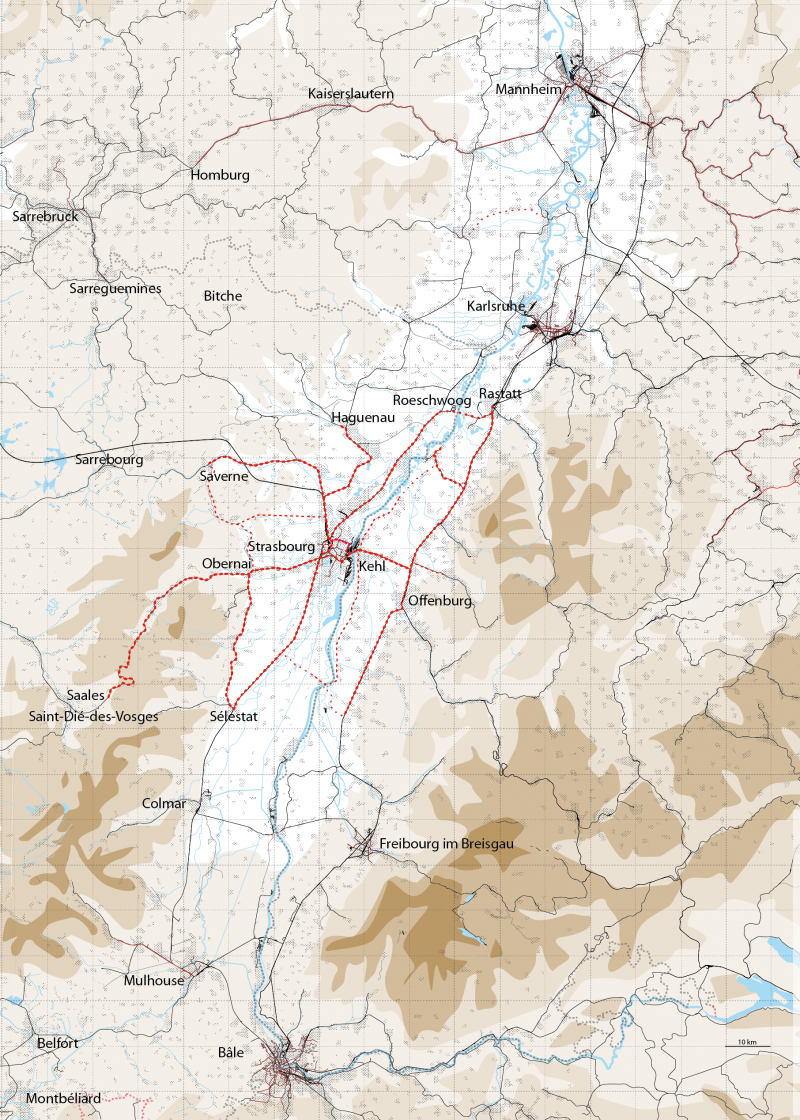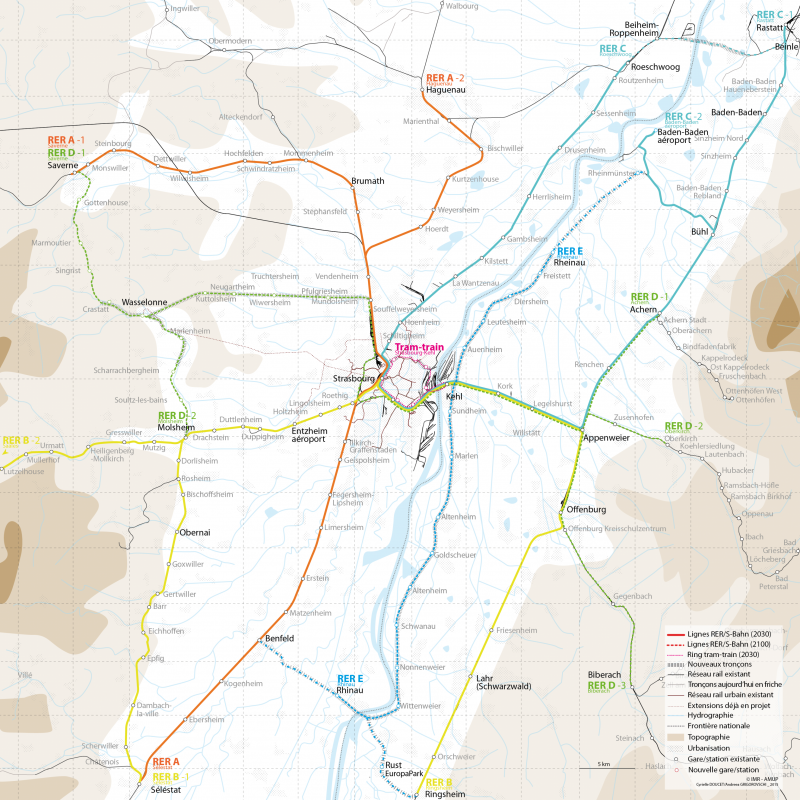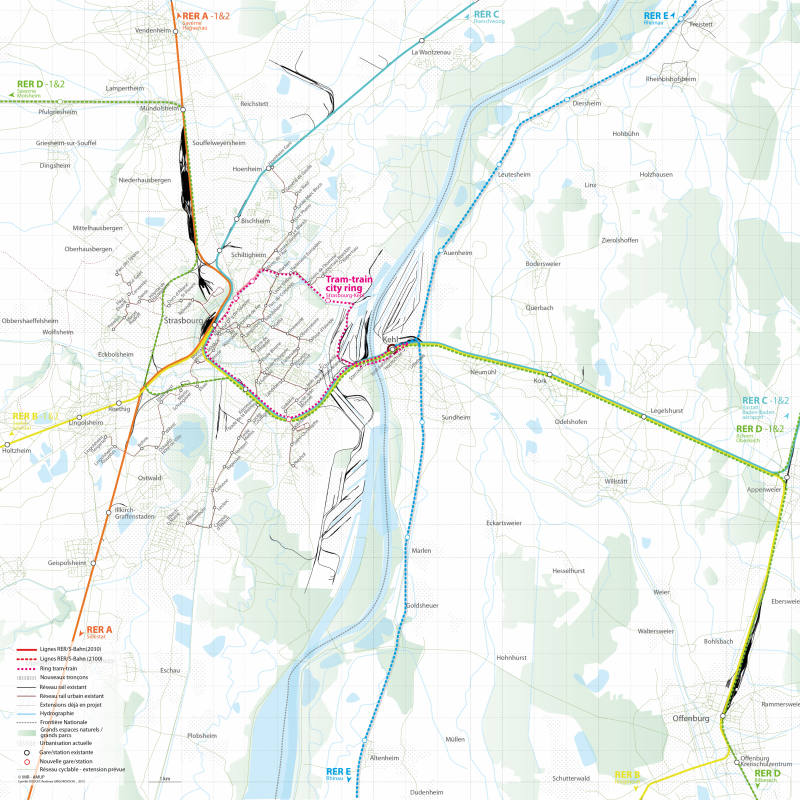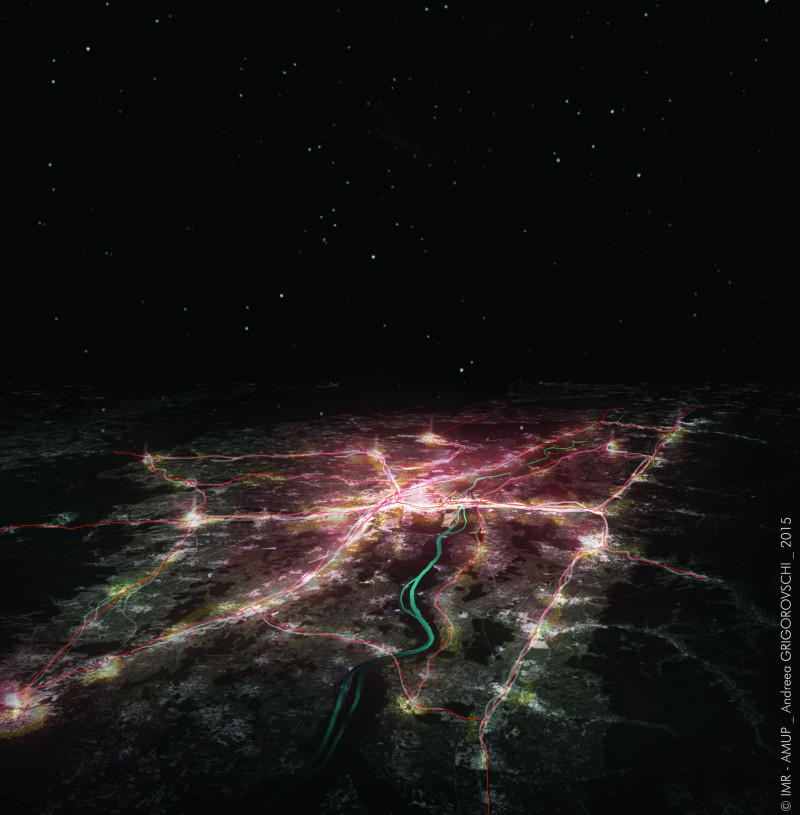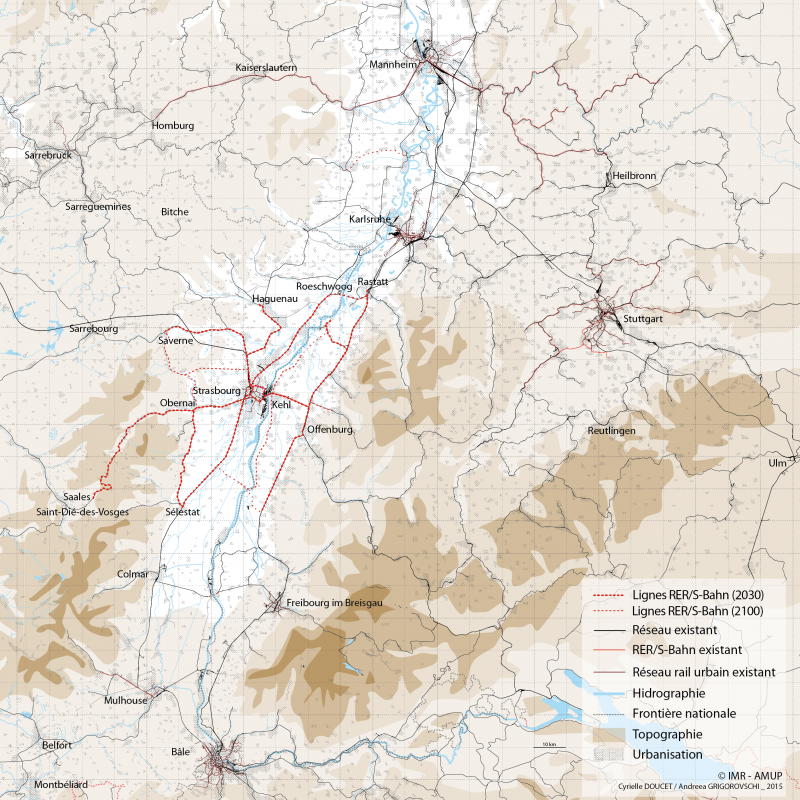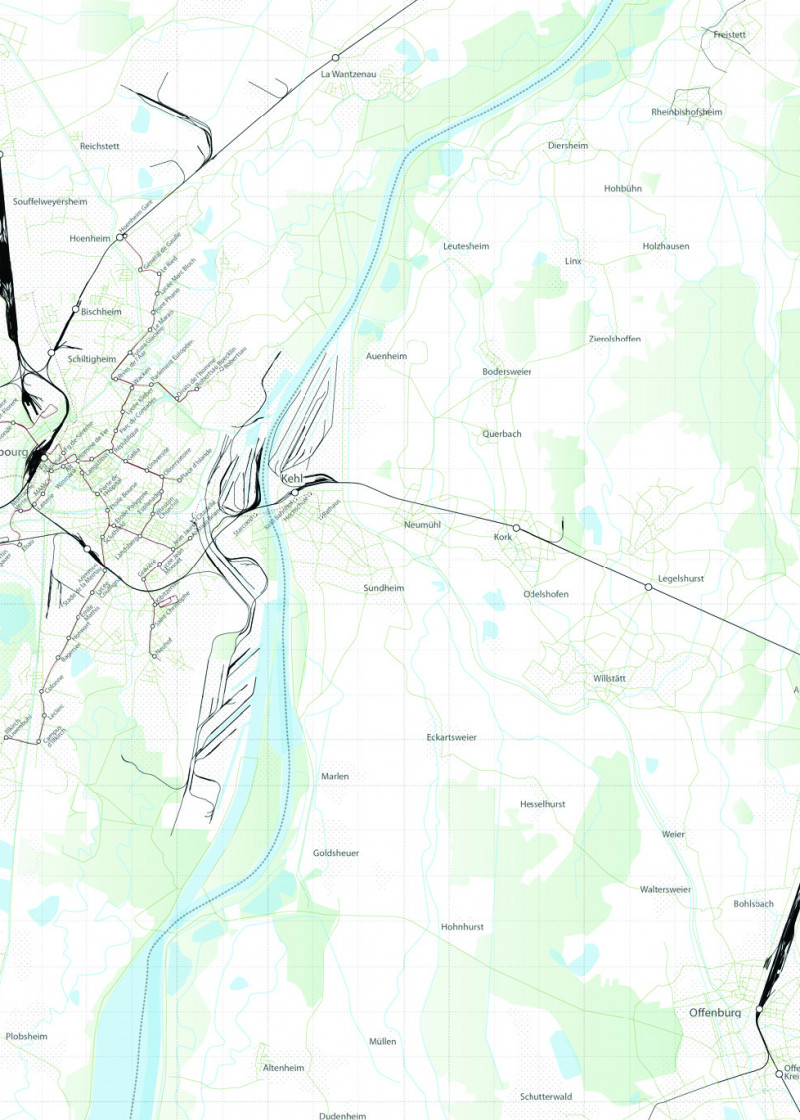Strasbourg Eurométropole, a Crossborder Conurbation towards new Sustainable Mobility Patterns
In the French context, Strasbourg is an exemplary case study for the development pattern of the “city of short distances”: its local and regional components were developed in the long term after the polycentric “Rhineland model” of German, Swiss, and Dutch cities. According to the French law on cities of 27 January 2014, Strasbourg has become a local authority with special status - the Eurométropole - replacing the former local authority status (CUS). The new Eurométropole is supposed to “enhance metropolitan economic functions, transport networks and academic resources, research and innovation, in a spirit of regional and interregional cooperation and with a desire for balanced development of its territory” (LOW 2014-58). The concept of metropolitan development territory in Strasbourg includes thus the metropolitan system of the Upper Rhine, the idea of innovative governance of the projects shared between several institutional actors referring to multiple scales and diversified skills. Taking into consideration its particular geographical, cultural, social and economical context, ‘bottom up’ approaches and exploratory scenarios mark a joint effort to invent Strasbourg’s metropolitan development.




